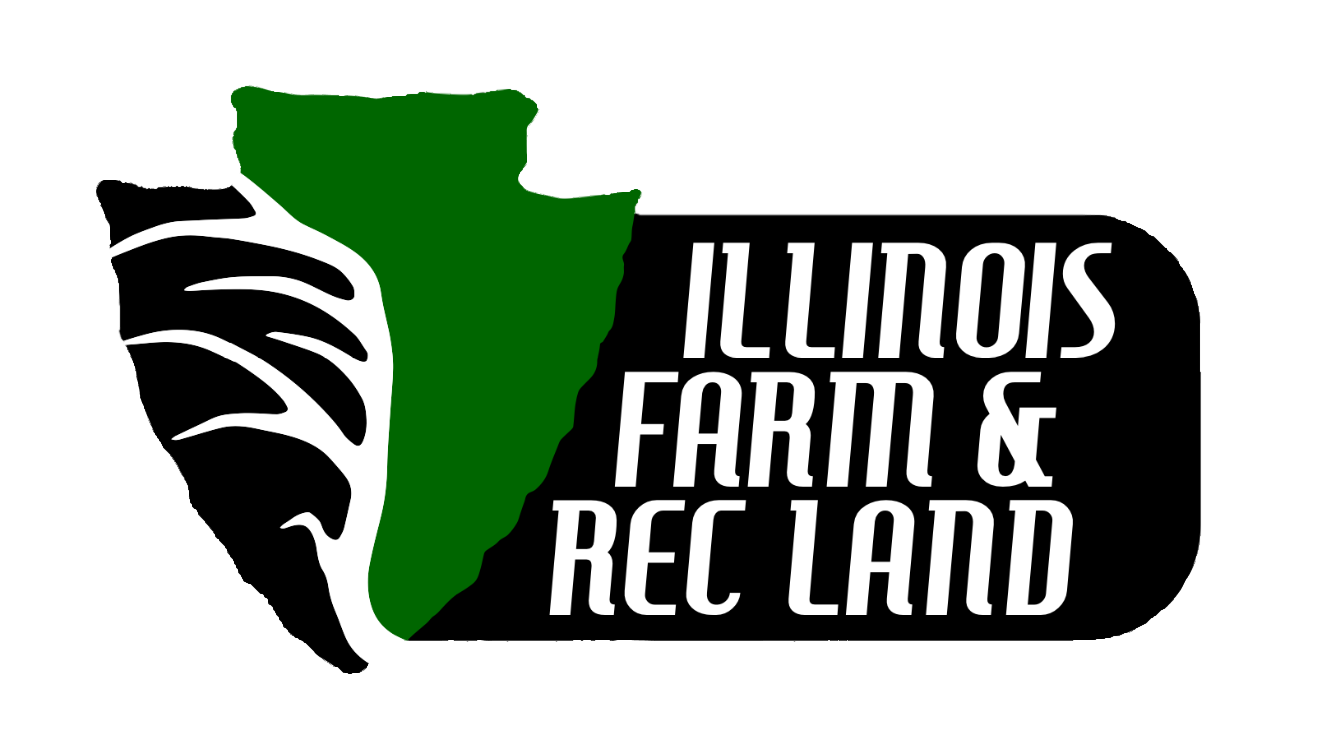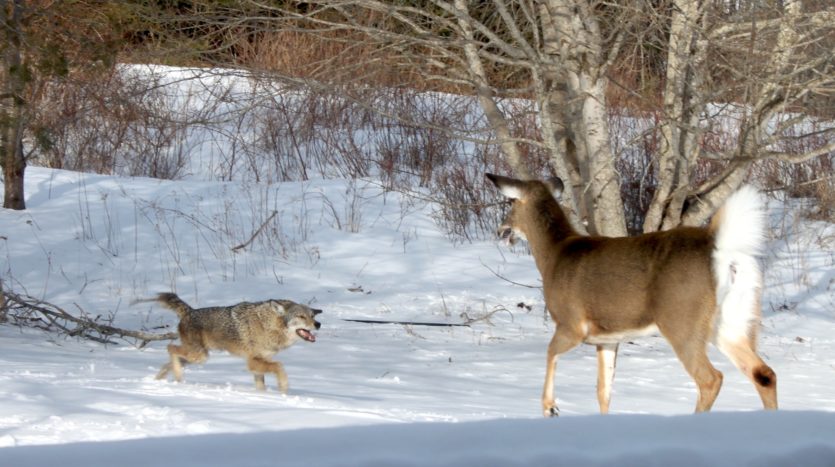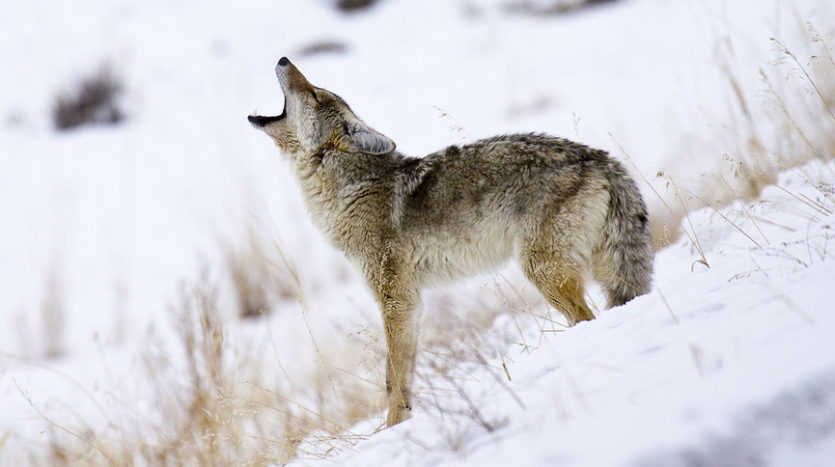Importance of Controlling Coyote Population
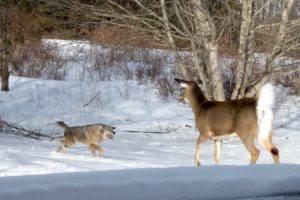 Coyote Population Control Tips reissued by Illinois Farm and Rec Land.
Coyote Population Control Tips reissued by Illinois Farm and Rec Land.
Just about anyone who has hunted long enough has seen a coyote enter a field and clear it of deer by its presence alone. You may have noticed a deer fleeing through the woods with a coyote hot on its tail. These are all indicators that coyotes have an impact not only on deer populations but on deer hunting itself.
But just how bad is it?
Coyotes kill adult deer and they often kill healthy bucks and does. Coyotes hunt individually and in packs. When in packs, they’re particularly dangerous for adult deer. This is especially true when other environmental conditions, such as deep snow, can be used to their advantage. In fact, a 2013 study of moose mortality in Ontario showed that coyotes were a significant predator for moose, which are four times the size of whitetails.
But where coyotes do their most damage is during the fawning season. There is a myth that newborn fawns do not have an odor so predators cannot find them. Bears find them, bobcats find them, and wolves find them. But coyotes are far and away the most lethal predators when it comes to whitetail fawns. There are many scientific studies to back this up.
A study on an island off the coast of Maine determined that 74 percent of the fawns in one year were eaten by coyotes. A Texas study showed a 72 percent fawn mortality rate attributed to coyotes. A New Brunswick study showed 47 percent in one year. In more farming country, the numbers were lower but still significant; Iowa and Illinois studies showed mortality due to coyotes at over 51 percent. A study in the northern forest area of Minnesota showed that of all the fawn mortality that was recorded, 49 percent were killed by coyotes and 51 percent by wolves. Bear kills were not recorded because normally the remains of fawns eaten by bears are not found.
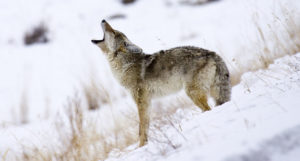
If you have any doubts that coyotes are putting the hurt on the deer population where you hunt, you can put those doubts to rest. Coyotes are killing your deer.
This might seem like a hopeless situation, but really it’s not. You can have an impact even on small properties if you control coyotes to the best of your ability and keep them controlled as long as possible.
What is the best way to control coyote population?
Frankly speaking, no single method is the best. Why? Depending on the circumstances several control methods must be used simultaneously to solve coyote problem. When it comes to various lethal methods, such options as snares, traps, shooting and toxicants are available. Keep in mind that each method varies some degrees of experience to be made effective. The use of toxicants requires special licensing for the user.
Snares
This option is relatively economical and cost-effective. It doesn’t require as much skill as traps do to be used properly. Snares are effective in sheep and goat areas and in places under a net wire fence.
Leghold traps
This mechanical capture device can be used on trails or at fence crossings. However, in sheep pastures, leghold traps frequently catch livestock. Actual Neck snares and leg-hold traps can cause severe pain, sufferings and injuries. Pets often become unintended victims of such set-for-coyotes traps.
M-44
The device delivers a toxicant for coyote control. When the animal pulls the baited capsule holder, the spring-operated device releases sodium cyanide into the coyote’s mouth. The coyote becomes unconscious and dies in a relatively short time. Note that livestock can also occasionally pull the device. This option is more effective during the cool days of fall or winter.
Calling and shooting
Various calls – that imitate howling coyotes or injured prey – are available. Calling is successful in areas of high coyote population. Shooting requires some skill.
Intense year round property management is a critical factor for all properties to keep everything in balance.
Sources:
